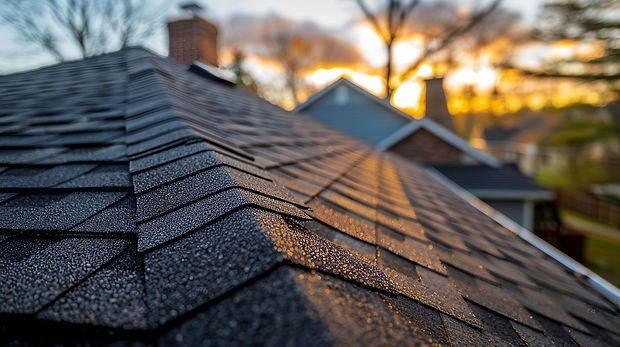Residential Roofing

Why Quality Residential Roofing is Essential for Your Home
Your roof is the first line of defense against the elements, so ensuring that it’s in top shape is crucial. Whether you need a repair, replacement, or brand-new installation, having a durable, high-quality roof ensures the safety, comfort, and value of your home.
Different Types of Roofs for Your Home
There are several types of residential roofing materials, each with its benefits and aesthetic appeal:
-
Asphalt Shingles: Most common, affordable, and available in a variety of colors.
-
Metal Roofing: Durable, energy-efficient, and resistant to extreme weather.
-
Clay or Concrete Tiles: Long-lasting, with a distinctive Mediterranean or Spanish style.
-
Wood Shingles or Shakes: Natural look, offering a rustic charm.
-
Slate Roofing: Elegant and durable, but comes at a higher price point.
Each type offers different advantages based on your location, budget, and aesthetic preferences.

What to Expect During Your Roof Installation
Getting a new roof is a significant investment in your home. Here's a step-by-step overview of the typical roof installation process:
-
Initial Inspection: A roofing contractor assesses your roof’s current condition.
-
Choosing Materials: Select the material that suits your home’s style and budget.
-
Preparing the Roof: Old roofing materials are removed (if replacing), and any necessary repairs to the decking or structure are made.
-
Installation: The new roofing system is installed, including underlayment and shingles/tiles.
-
Clean-Up and Inspection: The site is thoroughly cleaned, and the installation is inspected to ensure quality and safety.
Common Roof Problems and How We Can Help
Even the best roofs can experience issues. Here are common roofing problems and how we can help:
-
Leaks: Often caused by damaged shingles or flashing. We can locate the source and provide a fast, effective fix.
-
Missing or Damaged Shingles: Severe weather or age can cause shingles to break or blow away. We replace them quickly to prevent further damage.
-
Poor Ventilation: Inadequate roof ventilation can lead to moisture buildup, causing mold and mildew. We provide solutions to ensure proper airflow.
How to Keep Your Roof in Top Condition
Regular roof maintenance extends the lifespan of your roof and prevents costly repairs. Here’s what you can do to maintain your roof:
annual inspections
Check your roof annually for damage or wear.
Clean gutters
Ensure gutters and downspouts are clear to prevent water damage.
trim trees
Overhanging branches can scratch your roof and cause damage.
remove debris
Leaves, branches, and other debris should be removed from the roof to avoid moisture buildup.

When Is It Time to Replace Your Roof?
Roof replacement is a big decision, but sometimes it’s necessary. Signs that you may need a new roof include:
-
Age of Roof: Most roofs last 20-25 years, but this varies by material.
-
Frequent Repairs: If you’re constantly repairing your roof, it may be time for a new one.
-
Shingles are Curling or Missing: Significant visual damage is a sign the roof is failing.
-
Leaks or Water Damage Inside: Persistent leaks indicate your roof may no longer be protecting your home properly.

